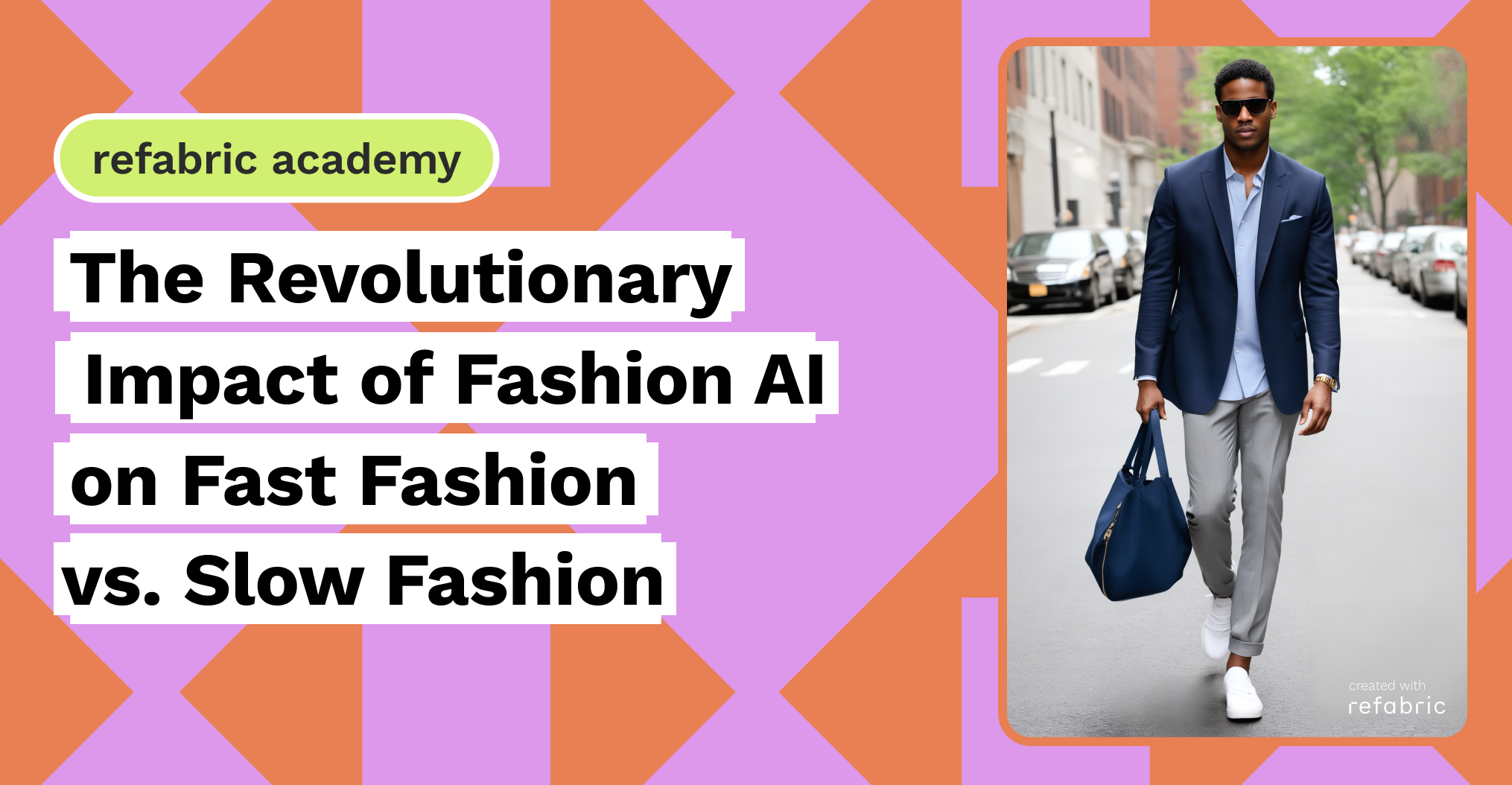Fashion AI is transforming the fashion industry, influencing both fast fashion and the slow fashion movement in significant ways. By leveraging advanced technologies such as machine learning and data analytics, fashion AI is reshaping how fashion is designed, produced, and consumed. This article explores the impact of fashion AI on fast fashion and slow fashion, analyzing its implications for the industry.
Fast Fashion and Fashion AI
Fast fashion is characterized by its rapid production cycles, offering trendy and affordable clothing to consumers. Fashion AI has greatly enhanced the efficiency and speed of fast fashion, contributing to its dominance in the market.
Trend Prediction and Inventory Management
One of the key advantages of fashion AI for fast fashion is its ability to predict trends accurately. By analyzing vast amounts of data from social media, search engines, and fashion shows, AI algorithms can identify emerging trends in real time. This allows fast fashion brands to quickly adapt their designs and get them into stores faster than ever before.
Additionally, AI-driven inventory management systems help fast fashion brands optimize their supply chains. By predicting demand more accurately, these systems reduce overproduction and minimize waste. This efficiency not only lowers costs but also helps brands meet consumer demand more effectively.
Personalization and Customer Experience
Fashion AI also enhances the customer experience in fast fashion. AI-powered recommendation engines analyze individual preferences and browsing behavior to offer personalized product suggestions. This level of personalization increases customer satisfaction and encourages repeat purchases.
Virtual try-on technologies, powered by AI, allow customers to see how clothes will look on them without physically trying them on. This reduces the likelihood of returns and enhances the online shopping experience, making fast fashion even more appealing to consumers.
Slow Fashion and Fashion AI
In contrast, slow fashion emphasizes sustainability, quality, and ethical production practices. While slow fashion operates on a different model than fast fashion, it too benefits from the advancements in fashion AI.
Sustainable Design and Production
Fashion AI supports sustainable design by providing tools that help designers create eco-friendly and innovative products. Fashion AI can analyze the environmental impact of different materials and suggest more sustainable alternatives. This assists slow fashion brands in maintaining their commitment to sustainability while offering stylish and high-quality products.
Moreover, AI-driven production systems can optimize the use of materials, reducing waste and ensuring more efficient use of resources. By streamlining production processes, slow fashion brands can produce smaller batches of clothing with less environmental impact.
Enhancing Craftsmanship and Customization
Slow fashion often values craftsmanship and customization, and fashion AI can enhance these aspects. AI technologies can assist artisans in creating intricate designs, ensuring precision and consistency. Customization tools powered by AI allow consumers to personalize their clothing, selecting fabrics, colors, and styles that suit their preferences. This not only aligns with the slow fashion ethos of individuality and quality but also fosters a deeper connection between consumers and their clothing.
The impact of fashion AI on both fast fashion and slow fashion has broad implications for the industry as a whole. These implications span various dimensions, including sustainability, consumer behavior, future trends and the overall competitive landscape of the fashion industry.
Balancing Speed and Sustainability
The primary challenge lies in balancing the speed and affordability of fast fashion with the sustainability and ethical considerations of slow fashion. Fashion AI offers solutions that can bridge this gap. For instance, AI-driven supply chain optimization can reduce the environmental footprint of fast fashion, while sustainable design tools can help slow fashion brands innovate without compromising their values.
Consumer Behavior and Expectations
Fashion AI is also changing consumer behavior and expectations. As consumers become more aware of the environmental and social impact of their purchases, they demand greater transparency and sustainability from brands. AI technologies that provide detailed information about product origins and production processes can meet these demands, fostering trust and loyalty among consumers.
Future Trends and Innovations
Looking ahead, the integration of AI in fashion is likely to continue evolving. Innovations such as AI-powered circular fashion models, which promote recycling and reuse, could further align fast fashion with sustainable practices. Meanwhile, slow fashion brands may leverage AI to enhance their digital presence and reach a broader audience without compromising their principles.
To sum up, fashion AI is reshaping both fast fashion and slow fashion, offering opportunities for greater efficiency, personalization, and sustainability. By leveraging the strengths of AI, fast fashion can become more responsive to trends while reducing its environmental impact. Slow fashion, on the other hand, can maintain its commitment to quality and ethics while embracing innovation. As the industry continues to evolve, the synergistic relationship between fashion AI and both fast and slow fashion will play a crucial role in shaping its future.
